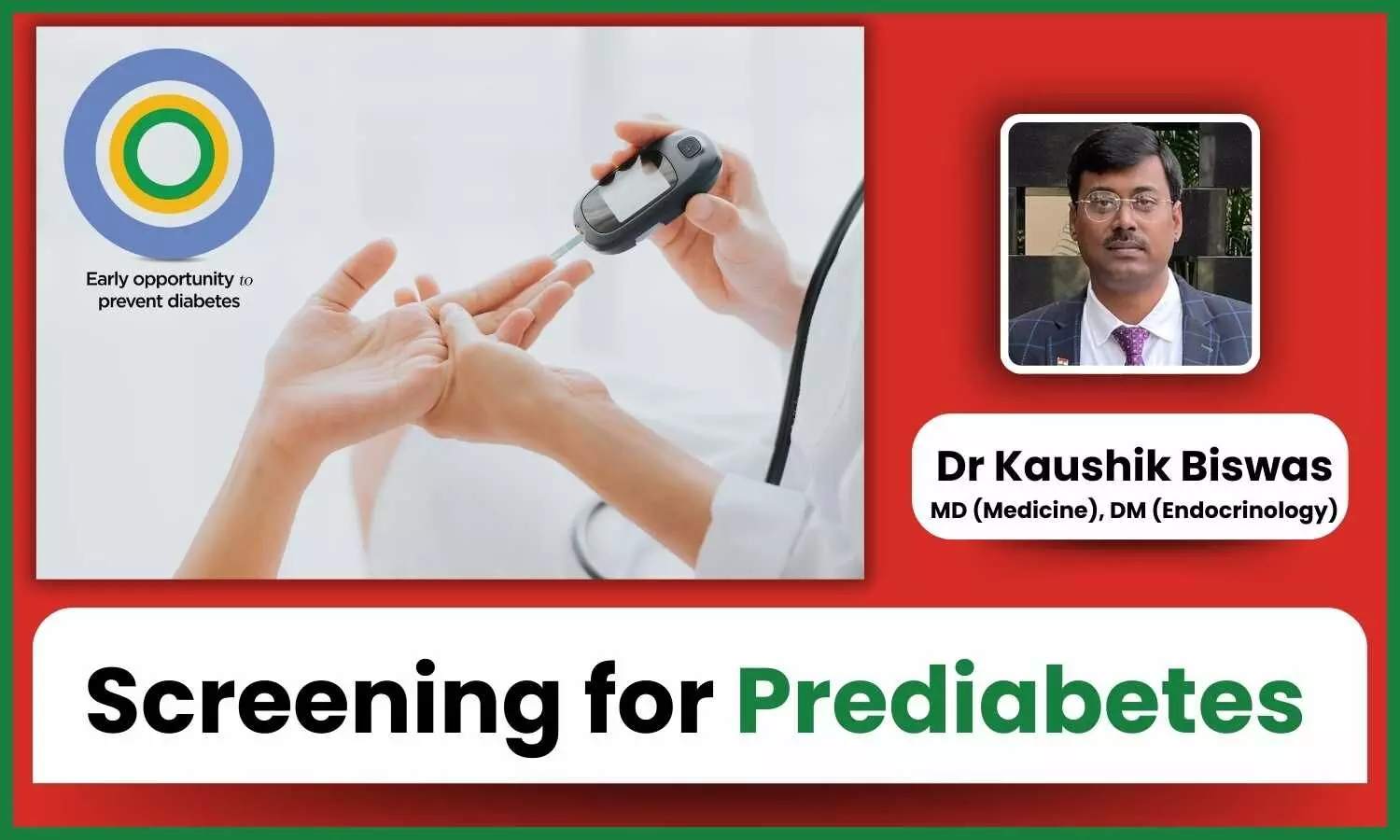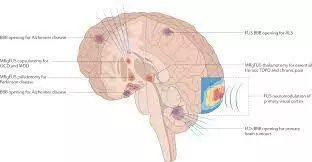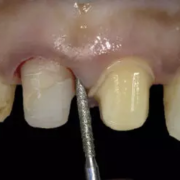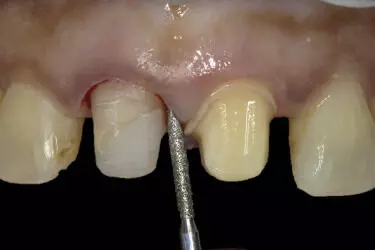
Preventing Diabetes -A Stitch in Time Saves Nine:
Diabetes prevention has become extremely critical, necessitating all healthcare stakeholders’ actions. Many diabetes-preventative interventions continue to focus primarily on prediabetes. Data regarding prediabetes prevalence is useful in evaluating and predicting the present and potential future diabetes pandemics(1).
Prediabetes: Indian Scenario
The Indian Council of Medical Research–India Diabetes (ICMR-INDIAB) study emphasises the enormous burden of prediabetes, where the prevalence of prediabetes in India is estimated to be 136 million, higher than the prevalence of diabetes [101 million] (1).
Prediabetes Conversion to Diabetes: The conversion rate from prediabetes to type 2 diabetes (T2D) is very high among Asian Indians (2). Mohan et al. reported more than 40% of Indian prediabetes patients developed T2DM within 8 years of follow-up(3). A recently published paper by K.M. Venkat Narayan et al indicated that among the Indian population, the annual transition probability from isolated impaired fasting glucose (i-IFG) to diabetes is 8.6%, while that from impaired glucose tolerance (IGT) to diabetes is 13.9%. The average time spent by Indians in IFG (impaired fasting glucose) and IGT are 9.7 and 6.1 years, respectively (4).
Prediabetes and Complications: A study from India found that over 10% of people with prediabetes had vascular complications linked to diabetes, indicating that prediabetes is linked to an increased risk of vascular complications. Prediabetes also increases cardiovascular disease [incidence rate per 10,000 person-years: 58.3 for those with normal glucose regulation vs. 67.0 for those with prediabetes] and all-cause mortality [incidence rate per 10,000 person-years: 73.6 for those with normal glucose regulation vs. 81 for those with prediabetes] (5).
Why is Prediabetes Screening Crucial? High insulin resistance is prominent in Asian Indians, which hastens the progression of diabetes (5). The average time spent by Indians with isolated impaired fasting glucose (i-IFG) and IGT is 9.7 and 6.1 years, respectively (4). Early screening, detection, and treatment of prediabetes are essential in the Indian population since they lower the risk of developing diabetes and its complications (2).
Prediabetes Screening & Tools
The RSSDI(Research Society for Study of Diabetes in India) recommends screening of prediabetes in individuals presenting to health care settings for unrelated illnesses, family members of diabetes patients, antenatal care, dental care, overweight children and adolescents at the onset of puberty, and community screening wherever feasible (6). The RSSDI guideline and ADA (American Diabetes Association) 2024 diagnosed prediabetes in an individual having an A1C 5.7–6.4% (39–47 mmol/mol), IFG 100 mg/dL (5.6 mmol/L) to 125 mg/dL (6.9 mmol/L) and 2-h PG during 75-g OGTT (oral glucose tolerance test) 140 mg/dL (7.8 mmol/L) to 199 mg/dL [11.0 mmol/L] (6,7).
Non-invasive, easy-to-apply ancillary screening tools are needed for identifying and screening individuals with prediabetes (8). Mohan et al. developed a simple screening tool, the Indian Diabetes Risk Score (IDRS), to screen the population for diabetes. IDRS is computed using age, family history of diabetes, waist circumference, and a subject’s physical activity level. The score ranges from 0 to 100; a score ≥60 denotes high risk, 30–60 denotes moderate, and a score <30 in a subject denotes low risk of developing diabetes in the future (9). More recently, the International Diabetes Federation (IDF) has suggested the use of 1-h post-load plasma glucose ≥ 155 mg/dL (8.6 mmol/L) in people with normal glucose tolerance (NGT) during an OGTT to indicate prediabetes (10).
Risk Factors for the Development of Prediabetes
According to Indian Expert Group Consensus, the common risk factors for prediabetes in India include age (45 or older), positive family history of diabetes and gestational diabetes, high HbA1c, physical inactivity, poor high-density lipoprotein cholesterol (HDL-C) below 35 mg/dL, high triglycerides (TG) above 200 mg/dL, hypertension or being on hypertension medications (2).
Early Prediabetes Screening Helps in Early Identification & Management
A meta-analysis of 7 interventional studies involving 26,389 patients assessed the benefits of effective interventions, which included lifestyle (including dietary and exercise recommendations) or drugs (including acarbose and metformin) on microvascular and macrovascular events in prediabetic patients. The results provided that early effective intervention significantly reduced all-cause mortality by 18% in prediabetic patients without a history of cardiovascular disease (95% CI=0.69~0.98, P=0.03) and retinopathy by 38% [95% CI 0.70-0.98] (11). Another cross-sectional study (n=2968) assessed the prevalence of prediabetes and undiagnosed diabetes in patients with cardiovascular disease according to the ADA criteria. The results showed about 32.4% of them had prediabetes, and up to one-third of those with undiagnosed prediabetes had already been diagnosed with cardiovascular complications (12). These suggest that an early diagnosis and interventions can benefit prediabetes patients.
A lifestyle change may reduce the number of prediabetic people who develop diabetes to 20% (13). The Indian Diabetes Prevention Program (IDPP) trial also noted this benefit in Asian Indians. A moderate-intensity exercise, just 150 minutes per week of brisk walking, enhanced insulin sensitivity among prediabetes. However, lifestyle interventions may not be effective and sufficient in all cases of prediabetes. Metformin is the only pharmacologic agent recommended for preventing or postponing T2D. The DCGI (Drug Controller General of India) approved the use of metformin in prediabetes, where lifestyle intervention is insufficiently effective in reducing body weight and improving glucose tolerance (2).
Take Home Messages
- Prediabetes needs to be the primary target for diabetes prevention. Indian population spends significant years in isolated impaired fasting glucose (i-IFG) and impaired glucose tolerance (IGT).
- Early screening, detection, and treatment of prediabetes lowers the risk of developing diabetes and its complications.
- Indian Diabetes Risk Score and 1-h post-load plasma glucose ≥ 155 mg/dL are simple, practical inexpensive screening tools suggested for the Indian population.
- Early interventions reduced cardiovascular disease by 18% and retinopathy by 38% in prediabetes.
- Lifestyle changes could delay the onset of diabetes, and Metformin is suggested where lifestyle changes are insufficient. Metformin is DCGI approved treatment for the management of prediabetes.
References:
1. Anjana RM, Unnikrishnan R, Deepa M, Pradeepa R, Tandon N, Das AK, Joshi S, Bajaj S, Jabbar PK, Das HK, Kumar A, Dhandhania VK, Bhansali A, Rao PV, Desai A, Kalra S, Gupta A, Lakshmy R, Madhu SV, Elangovan N, Chowdhury S, Venkatesan U, Subashini R, Kaur T, Dhaliwal RS, Mohan V; ICMR-INDIAB Collaborative Study Group. Metabolic non-communicable disease health report of India: the ICMR-INDIAB national cross-sectional study (ICMR-INDIAB-17). Lancet Diabetes Endocrinol. 2023 Jul;11(7):474-489. doi: 10.1016/S2213-8587(23)00119-5.
2. Das AK, Mohan V, Ramachandran A, et al. An Expert Group Consensus Statement on “Approach and Management of Prediabetes in India”. J Assoc Physicians India 2022;70(12):69–78.
3. Mohan V, Deepa M, Anjana RM, Lanthorn H, Deepa R. Incidence of diabetes and pre-diabetes in a selected urban south Indian population (CUPS-19). J Assoc Physicians India. 2008 Mar;56:152-7.
4. Narayan KMV, Kondal D, Chang HH, Mohan D, Gujral UP, Anjana RM, Staimez LR, Patel SA, Ali MK, Prabhakaran D, Tandon N, Mohan V. Natural History of Type 2 Diabetes in Indians: Time to Progression. Diabetes Care. 2024 May 1;47(5):858-863. doi: 10.2337/dc23-1514
5. Madhu SV. Defying the Odds: Conquering Prediabetes for a Diabetes-Free Tomorrow. Indian J Endocrinol Metab. 2023 Jul-Aug;27(4):273-276. doi: 10.4103/2230-8210.388224. Epub 2023 Aug 29.
6. Chawla R, Madhu SV, Makkar BM, Ghosh S, Saboo B, Kalra S; RSSDI-ESI Consensus Group. RSSDI-ESI Clinical Practice Recommendations for the Management of Type 2 Diabetes Mellitus 2020. Indian J Endocrinol Metab. 2020 Jan-Feb;24(1):1-122. doi: 10.4103/ijem.IJEM_225_20.
7. American Diabetes Association Professional Practice Committee; 2. Diagnosis and Classification of Diabetes: Standards of Care in Diabetes—2024. Diabetes Care 1 January 2024; 47 (Supplement_1): S20–S42. https://doi.org/10.2337/dc24-S002
8. Liu Y, Feng W, Lou J, Qiu W, Shen J, Zhu Z, Hua Y, Zhang M, Billong LF. Performance of a prediabetes risk prediction model: A systematic review. Heliyon. 2023 May 6;9(5):e15529. doi: 10.1016/j.heliyon.2023.e15529.
9. Mohan V, Deepa R, Deepa M, Somannavar S, Datta M. A simplified Indian Diabetes Risk Score for screening for undiagnosed diabetic subjects. J Assoc Physicians India. 2005 Sep;53:759-63.
10. Bergman M, Manco M, Satman I, Chan J, Inês Schmidt M, Sesti G, Vanessa Fiorentino T, Abdul-Ghani M, Jagannathan R, Kumar Thyparambil Aravindakshan P, Gabriel R, Mohan V, Buysschaert M, Bennakhi A, Pascal Kengne A, Dorcely B, Nilsson PM, Tuomi T, Battelino T, Hussain A, Ceriello A, Tuomilehto J. International Diabetes Federation Position Statement on the 1-hour post-load plasma glucose for the diagnosis of intermediate hyperglycemia and type 2 diabetes. Diabetes Res Clin Pract. 2024 Mar;209:111589. doi: 10.1016/j.diabres.2024.111589.
11. An X, Zhang Y, Sun W, Kang X, Ji H, Sun Y, Jiang L, Zhao X, Gao Q, Lian F, Tong X. Early effective intervention can significantly reduce all-cause mortality in prediabetic patients: a systematic review and meta-analysis based on high-quality clinical studies. Front Endocrinol (Lausanne). 2024 Mar 1;15:1294819. doi: 10.3389/fendo.2024.1294819
12. Cosic V, Jakab J, Pravecek MK, Miskic B. The Importance of Prediabetes Screening in the Prevention of Cardiovascular Disease. Med Arch. 2023 Apr;77(2):97-104. doi: 10.5455/medarh.2023.77.97-104.
13. Tuso P. Prediabetes and lifestyle modification: time to prevent a preventable disease. Perm J. 2014 Summer;18(3):88-93. doi: 10.7812/TPP/14-002.




















